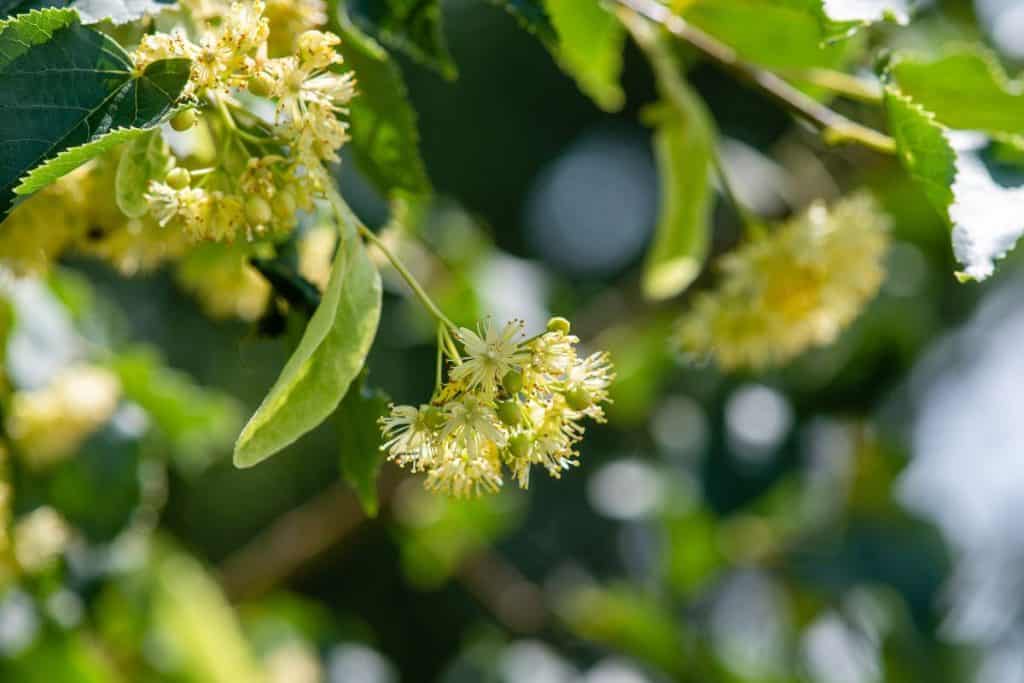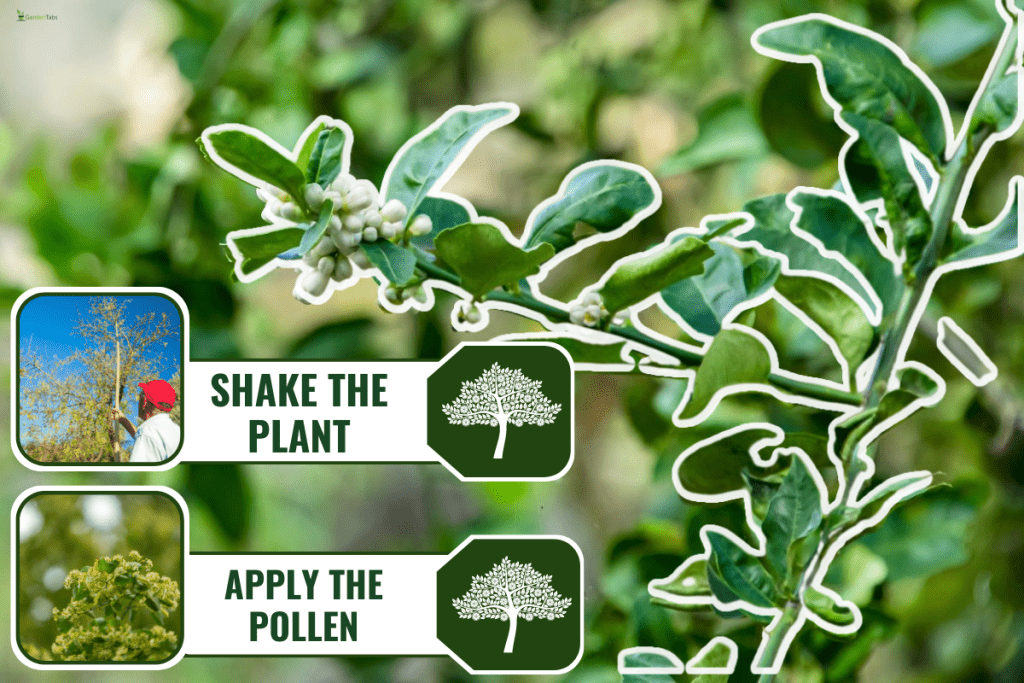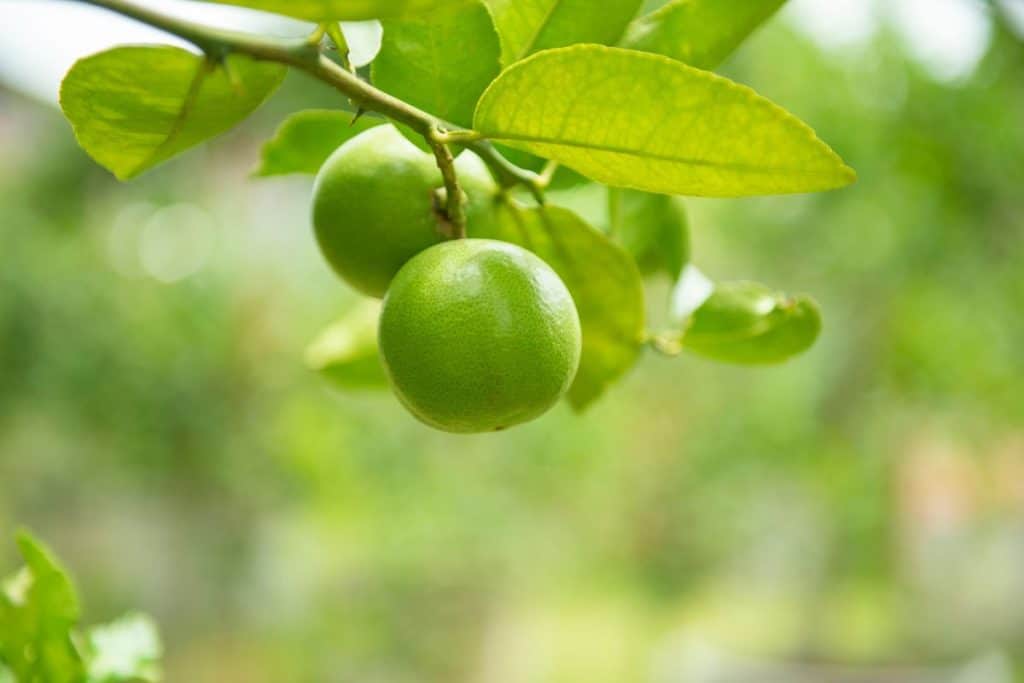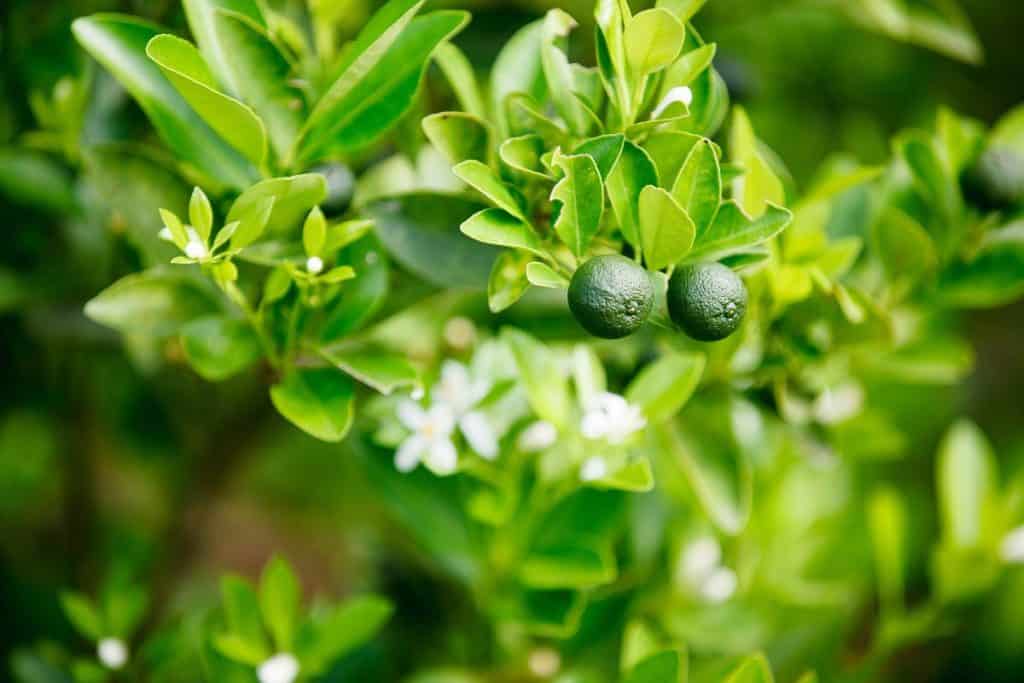A Key lime tree is a popular fruit tree with fragrant flowers. You might have one in your garden and are now wondering how to pollinate the tree. Don't worry because we have done the research to provide you with everything you need to know about the beloved lime tree's pollination method.
Key lime trees are self-pollinating trees. Key lime trees do not require cross-pollination from a different plant. They can produce their own pollen, allowing them to reproduce without an external pollinator.
Key lime trees produce key limes, a fruit with high levels of vitamin C. Their process of self-pollinating can be affected by their location. Continue reading as we discuss other essential information about the self-pollinating key lime.
Are Key Lime Trees Capable Of Self-Pollination?
A key lime tree is capable of self-pollination because the plant is a type of hermaphrodite plant, which is an organism with both female and male reproductive organs. This capability is available to all lime plants, including key lime trees.

Key lime trees are a type of tropical tree native to Southeast Asia. Because it naturally grows in a warm climate, they are not cold-hardy and should be kept indoors during winter.
Key lime trees can grow sturdy and produce many fruits if planted in a suitable climate.
When planted in zones with temperate or warm climates, key lime trees can produce fruits continuously. Their ability to produce their own pollen allows them to self-fertilize and grow fruit even if they do not have a pollination partner in close proximity.
How Do Key Lime Trees Self-Pollinate?

A key lime tree grows both the anther and stigma on the same flower.
The anther is the plant's reproductive organ that produces pollen, and the stigma is the flower's ovary. When the pollen detaches from the anther, its proximity to the stigma allows the plant to self-pollinate.
Once the pollen reaches the flower's reproductive organ, self-fertilization can begin. Because key lime plants have their pollen and stigma of the same flower, they can pollinate without active external pollinators. The pollen only needs to detach from the anther and reach the stigma.
Plants that can self-fertilize are referred to as "selfers" because they are organisms that can reproduce by themselves. This ability allows plants such as key limes to be self-sufficient because they can continuously reproduce as long as suitable living conditions are met.
However, this does not mean that hermaphrodite plants such as key limes can only reproduce through self-pollination. Natural pollinators such as wind, water, and insects can still transfer pollen from different key lime plants to another.
If the tree is kept under the supervision of a gardener, the gardener can administer the pollination. This can be done by taking the pollen from another key lime plant within the same growth stage.
The pollen can be collected and then applied directly to the stigma of a flower. The pollen can come from the same or different key lime tree.
How Do I Pollinate A Key Lime Tree?

You can pollinate a key lime tree by introducing or directly applying pollen on the stigmas of its flowers. The process of humans influencing the transfer of pollen to the stigma of a flowering plant is called 'hand pollinating.'
There are two methods you can try to hand pollinate your key lime plant. The same process can be applied to most flowering plants. However, hand pollination is not necessary with outdoor plants, especially with plants capable of self-pollination.
Shake The Plant
If you have a selfer plant, you can induce the fertilization process by giving the plant a gentle shake. The shake does not have to be vigorous as the pollen can detach from the anther by a soft gust of wind.
To transfer pollen by shaking the plant, gently take hold of its stem and allow the flower to shake off the pollen. Make sure to gently shake the plant until the pollen detaches from the anther. This method can pollinate multiple flowers at once.
Apply The Pollen
Another method you can follow is directly collecting and then applying the pollen to the stigma. To do this, acquire a soft-ended tool such as a paintbrush or a q-tip. This tool collects pollen from the anther, then gently apply it to the top of the stigma.
Repeat the same process on all the flowers of the plant.
How Many Years Does It Take For A Key Lime Tree To Grow Fruit?

A key lime tree can begin producing fruit once it has fully established itself in its growing area. On average, a growing key lime plant can begin producing fruit at 3 to 4 years of age.
There are a couple of other variables to consider when expecting your key lime plant to bear fruits. The environment, the growth stage when it was in when it was planted, as well as the care you provide to your plant will all influence the time it will take for the tree to start producing fruits.
Plant Environment
Before a tree can begin producing fruits, it will first focus on establishing itself in its environment. If the key lime tree begins from seed or planting, it will take at least 3 to 6 years to reach maturity. Once it reaches maturity, a healthy tree will begin producing fruits.
The ideal place to plant a key lime tree is outdoors in USDA hardiness zones 8 to 11. USDA's hardiness zone 8 has an average temperature of 10 to 20 Fahrenheit. Zone 8 is the coldest area where you can plant a key lime plant outdoors.
Much like other lime plants, a key lime plant prefers well-draining soil. While the tree is capable of adapting to any type of loam soil, the best type to plant a key lime tree is in sandy loam soil. Adding sand to the loam soil increases the soil's draining ability.
Key lime plants are not cold-hardy, but you can still keep the plant in USDA zones 2-7 as long as the plant is provided with a temperate environment. Keep it indoors if you plan to grow a key lime plant in regions with cold climates.
When planted outside, a key lime plant can reach 12 feet high. If you are keeping the plant indoors, provide a pot with wide enough space for the roots to grow at the surface level. Ideally, the plant should have access to full sun.
Growth Stage
The growth stage your key lime plant is in will affect the time it takes for it to begin producing fruits. If the plant begins from a seed, it can take up to 6 years before it can produce fruits. However, mature key lime plants with root balls are available for transplanting.
If you have purchased a mature key lime tree with a root ball, the waiting time for it to begin producing fruits will be shorter. If the plant was grafted or budded, it could take 3 years for the tree to bear fruit.
Plant Care
Apart from providing the key lime tree with its required living conditions, you can also influence the production of fruits by increasing the quality of the soil. You can add organic matter to the tree's soil to boost the amount of nutrients the tree can absorb.
In addition to this, you can also apply fertilizers. Fertilizers with zinc and iron can help a key lime tree increase its growth and reach the fruit-bearing stage faster.
Fertilizers are not only needed for helping the tree produce fruits. Fertilizers can also be used for the overall health of your plant. If your plant is not bearing fruits and is producing yellow leaves, it needs fertilization.
Click here to shop for a lime tree fertilizer on Amazon.
To Wrap Up

Key lime trees are capable of self-pollination. Their flowers can begin the fertilization process without external pollinators.
In this article, we discussed how key lime trees can self-pollinate. We also discussed how you could pollinate the tree and factors you should consider if you want your key lime tree to bear fruit. Providing the tree with the best living conditions will help it produce fruits faster.
Made it to the end? Check out some of our other related posts!

